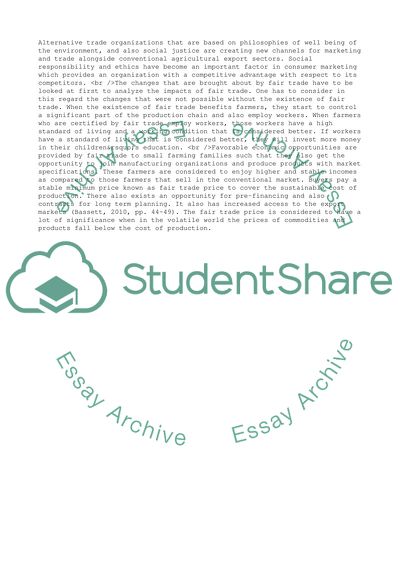Cite this document
(The Benefits of Fair Trade Research Paper Example | Topics and Well Written Essays - 2000 words, n.d.)
The Benefits of Fair Trade Research Paper Example | Topics and Well Written Essays - 2000 words. Retrieved from https://studentshare.org/business/1632255-evaluate-the-impact-of-fairtrade
The Benefits of Fair Trade Research Paper Example | Topics and Well Written Essays - 2000 words. Retrieved from https://studentshare.org/business/1632255-evaluate-the-impact-of-fairtrade
(The Benefits of Fair Trade Research Paper Example | Topics and Well Written Essays - 2000 Words)
The Benefits of Fair Trade Research Paper Example | Topics and Well Written Essays - 2000 Words. https://studentshare.org/business/1632255-evaluate-the-impact-of-fairtrade.
The Benefits of Fair Trade Research Paper Example | Topics and Well Written Essays - 2000 Words. https://studentshare.org/business/1632255-evaluate-the-impact-of-fairtrade.
“The Benefits of Fair Trade Research Paper Example | Topics and Well Written Essays - 2000 Words”, n.d. https://studentshare.org/business/1632255-evaluate-the-impact-of-fairtrade.


